Recital: Jonathan Swensen '23 AD, Cello
The Artist Diploma (AD) program is NEC's highest performance program, offering a handful of especially gifted performers the opportunity to deepen and challenge their artistry, broaden their musical perspective, and explore areas of personal and professional growth. AD recitals allow audiences to observe multiple facets of emerging artists.
Jonathan Swensen '23 AD studies Cello with Laurence Lesser and is the recipient of a scholarship made possible by the Laurence Lesser Presidential Scholarship Fund.
This is an in-person event with a public live stream.
- Jonathan Swensen '23 AD, cello
- Noreen Polera, piano
- Laurence Lesser, studio teacher
Ludwig van Beethoven | Cello Sonata No. 4 in C Major, op. 102 no. 1
Andante – Allegro vivace
Adagio – Allegro vivaceTōru Takemitsu | Orion for cello and piano (1984)
Leoš Janáček | Pohádka (A Fairytale)
Con moto
Con moto
AllegroHenri Dutilleux | Trois strophes sur le nom de Sacher
Un poco indeciso
Andante sostenuto
VivaceINTERMISSION
Zoltán Kodály | Sonata for Solo Cello, op. 8
Allegro maestoso ma appassionato
Adagio (con grande espressione)
Allegro molto vivaceProgram notes
Hi all and thank you so much for coming! I love every piece on this program so much, and I am so happy to get the opportunity to share it with you all.
Noreen and I will begin tonight’s concert with Beethoven’s Fourth Sonata for Piano and Cello, a piece which in many ways was the beginning of the movement of Avantgardism, as it was the first piece of Beethoven’s later period. When the sonata was premiered, people truly thought Beethoven had gone crazy, they were very provoked! Beethoven had completely discarded traditional architecture and form, and this sonata’s architecture is completely turned around and reinvented! I believe that every composer on tonight’s programme was in some way influenced by Beethoven’s later compositional style.
Next is Takemitsu’s Orion for cello and piano, a restful work inspired by the Orion Belt, a constellation of stars. Following this meditative piece in quiet space, is Janáček’s A Fairytale which is beautiful, moving, romantic and tinged with a sense of sadness and ecstasy in a way that only Janáček could express.
The first half is brought to its close by Dutilleux’s Trois strophes sur le nom de Sacher, which is one of the most experimental, delicate and varied works in the solo cello repertoire. Harmonically, Dutilleux’s Trois strophes leans heavily on the musical language of jazz saxophonist John Coltrane’s later years.
Our second half is dedicated entirely to Kodály’s Solo Cello Sonata, a work that revolutionised the thinking as to what a cello can sound like. There are times when it is hard to believe that one instrument is making the sounds which Kodály expresses; it sounds symphonic! The Sonata was the first since the Bach Suites to have been written for solo cello. It has a very deep Hungarian temperament and is a picturesque, proud, masterful, nature-inspired and layered piece of music.I wish to thank Mr. Lesser
for heightening my musical curiosity, inspiring me to work more than ever before
and for his complete honesty! He has taught me so much not only from a musical perspective but about life.
I’d also like to thank Noreen
for her enthusiasm in performing all of this exciting music with me
and for being a truly inspirational and supportive colleague.This period spent at NEC is incredibly dear to me,
and I am enormously grateful for my time here, albeit a little sad that it is coming to an end.I’d like to thank my parents for always inspiring me, giving me space,
allowing me to be myself and for encouraging my pursuits at every turn.
My roommate Njord has been an integral part of life in Boston,
and I must thank him, too, for the indescribable amount of fun
that we’ve had living together in our cosy Allston apartment.Finally, a word of thanks for my brother Nicholas
for never failing to be there, making me cry with laughter
and for inspiring me to live a life of curiosity.
I hope to see you all again soon!
